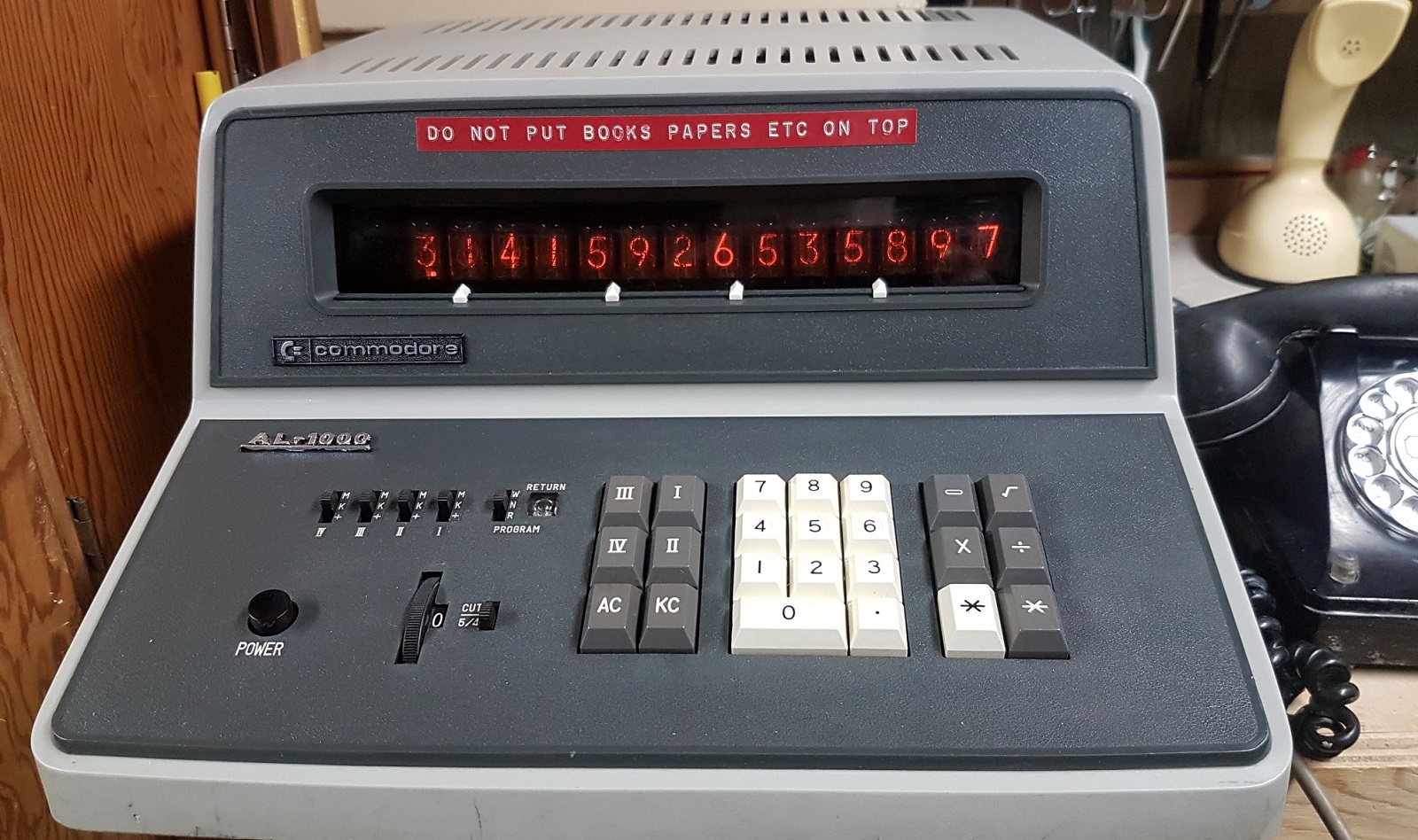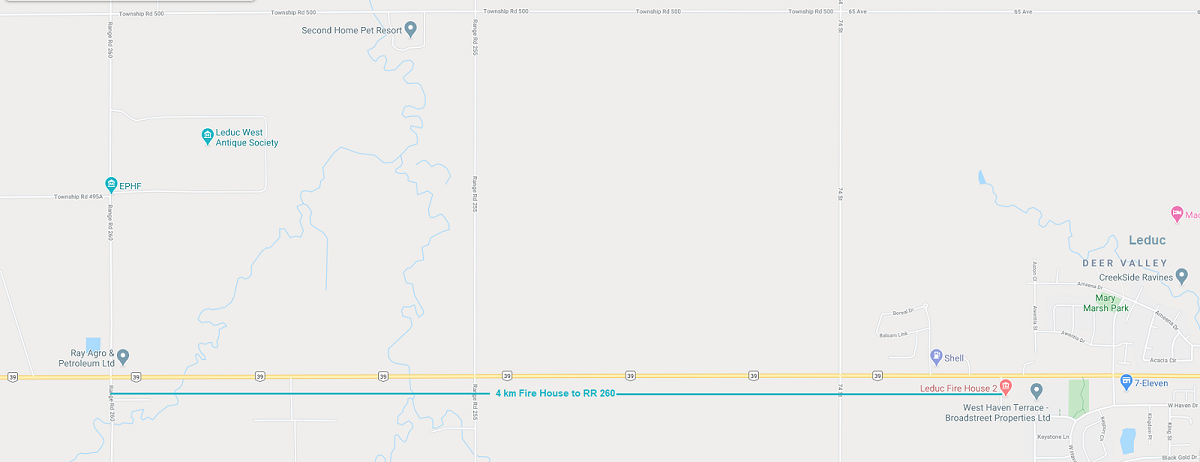
Commodore AL-1000 Desktop Calculator c.1968
The Commodore AL-1000 programmable calculator in the collection was originally purchased for use in the Administration building on the grounds of the Rossdale power plant. This was a very sophisticated machine for the time, although not surprisingly it was quite expensive at about $1500 ($11,300 in 2020 dollars). Incredibly, pocket calculators would come out just a few years later (1973) that could add, subtract, multiply & divide for under $100. Mind you, floating point, memory, square root, and programmability pushed the price up considerably.
The credit for the design of the AL-1000 doesn't belong to Commodore. Commodore simply resold the Casio AL-1000 in North America under the Commodore label through an OEM agreement with Casio. The design and construction of the AL-1000 was performed entirely by Casio in Japan. Commodore simply imported the machines, placed Commodore identification badging on the machine, and marketed, sold and provided service for the machine as if it were their own.
This AL-1000 dates from around 1968, and is a 14-digit calculator, with 14 Nixie tubes displaying the digits. It has four memory registers, each of which can be set up as accumulators, store/recall registers, or read-only constant registers. The memory registers are designated [I] through [IV], and are controlled by keyboard keys with the same nomenclature. The two working registers of the calculator, along with the memory registers, and 30 steps of stored program reside in a small magnetic core non-volatile memory array, meaning that the content of the memories and program steps are maintained when power is removed from the machine. The core memory is itself a thing of beauty, with 448 tiny iron donuts (each donut= 1 bit) stitched together with delicate copper wires to read and/or write data to the cores. Each digit requires 4 bits, so a 14-digit number consumes 56 bits of memory; registers I and II are full 14 digit registers, while III & IV are half (7 digit) registers. For comparison, a 32GB (274,877,906,944 bits) microSD card is placed on top of the core memory array.

Each Nixie tube display tube contains the digits zero through nine along with a right-hand decimal point. The calculator provides full floating decimal point location, which is a rarity for electronic calculators of the time period. A thumbwheel switch on the keyboard panel provides a setting for specifying the number of digits behind the decimal point that are to be retained for round-off/truncate operations. This thumbwheel switch has settings for 0 to 8, and a "down arrow". Setting this thumbwheel to zero through eight selects how many digits behind the decimal point results will be rounded or truncated to. A slide switch next to the thumbwheel selects whether truncation or round-off/up occurs at the selected digit position. To activate the rounding operation, the gray [*] key is used rather than the white [*] key to complete a multiplication or division operation, or any time before clearing or entering digits into the machine.
Remarkably, this machine still works after 50 years, although multiplication is a bit dodgy. A testament to the quality that Casio built into this product.
